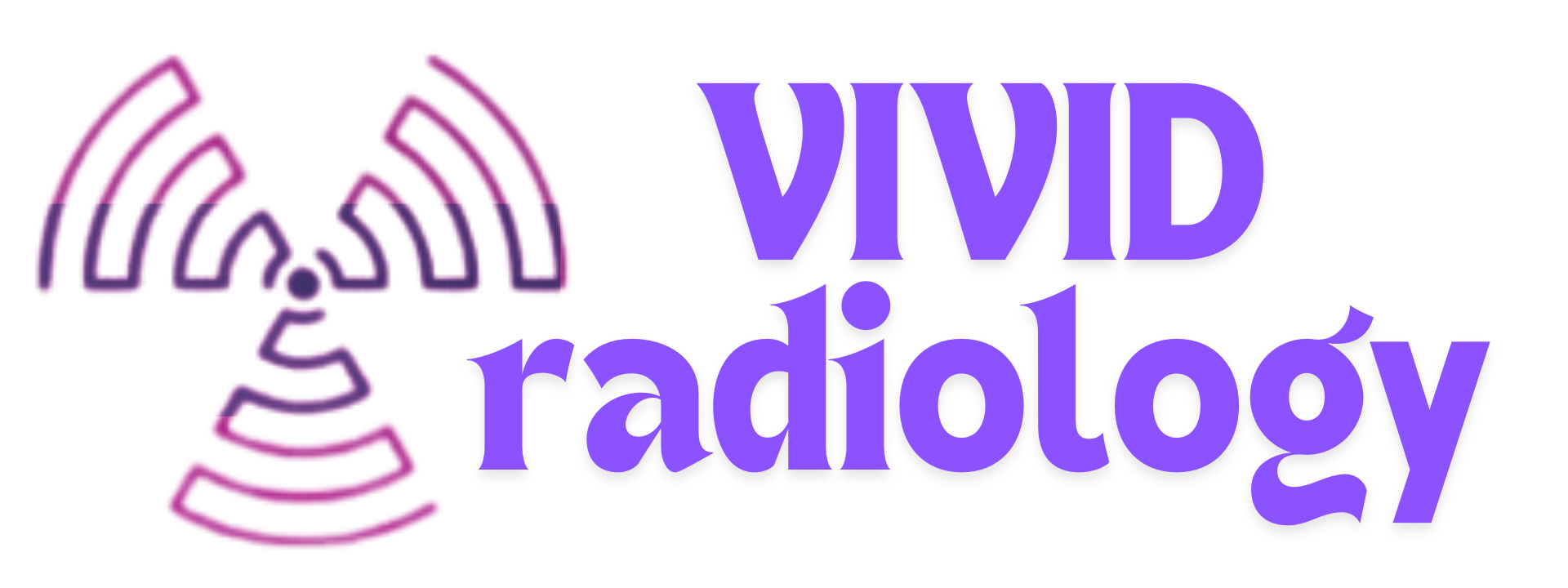Bone Density Test
Bone density testing (otherwise known as bone densitometry) is a medical procedure designed to measure a person’s bone density or strength.
This test is the most reliable indicator of osteoporosis (when bones become less dense, lose strength and break easily due to calcium loss) and osteopenia (a mild form of osteoporosis). It can also determine the likelihood of future bone fractures.
Bone density can be measured either throughout entire
Why do I need this test?
A bone density scan may be recommended by your doctor following a poor result in a blood test measuring calcium levels or following a bone fracture.
Your doctor may request you to have a bone density scan for a variety of reasons including: suffering from osteoporosis or osteopenia, having a spinal deformity, having suffered a previous minimal trauma fracture or long term use of certain medications (e.g. steroids).
What can I expect?
The most common method to measure bone mass is Dual Energy X-ray Absorptiometry (DXA).
During the test, you will lie motionless on a flat, padded table, while the machine’s ‘arm’ passes over your entire body or select areas.
While the measurement/s are performed, an x-ray beam from below the table passes through the area being measured.
The machine converts the information received into an image of the skeleton,
When you receive your results, your doctor will interpret them, explaining lifestyle and dietary changes which may improve your condition.
Understanding Your Results
It can be difficult to interpret the results of a bone density scan, so here are a few tips:
The measurements are reported in T-scores for adults and Z-scores for children.- Both methods describe your bone density in relation to others in a similar age group – referred to as the ‘reference population’.
- The reference population for T-scores is young adults of the same sex as the
patient. - The reference population for Z-scores describes people of the same age & sex as the patient.
- Osteoporosis is typically diagnosed if your ‘T’ or ‘Z’ scores measure less than -2.5.
Request a Service Online!
Helensvale
1/13 Sir John Overall Drive
Helensvale QLD 4212
Browns Plains
1/109, Grand Plaza Drive
Browns Plains QLD 4118
Mt Tamborine
5/21-23 Southport Avenue
Tamborine Mountain QLD 4271
